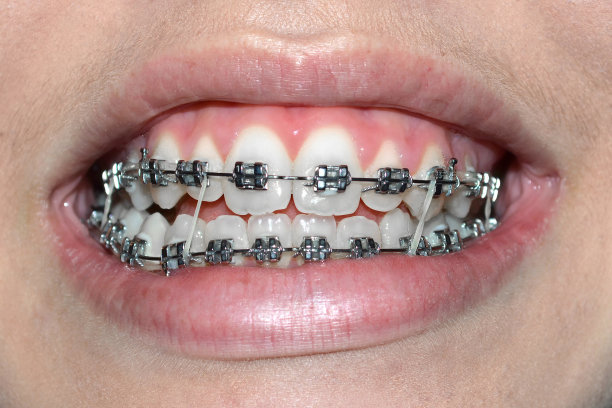Essential Tips and Precautions to Consider Before Getting a Dental Filling for Optimal Oral Health
Summary: Getting a dental filling is a common dental procedure that addresses tooth decay and helps maintain optimal oral health. However, it is essential to be well-prepared and informed before undergoing the procedure. This article provides essential tips and precautions to consider, including understanding the types of fillings available, choosing the right dentist, preparing for the procedure, and aftercare to ensure effective healing and longevity of the filling.
1. Understanding the Types of Fillings Available

Dental fillings primarily come in four main materials: amalgam, composite resin, glass ionomer, and porcelain. Each material has distinct properties, benefits, and drawbacks. Amalgam fillings are durable and cost-effective but are often visible in the mouth due to their silver color.
Composite resin fillings, made from a tooth-colored material, offer aesthetic appeal and blend seamlessly with natural teeth. However, they may not be as durable as amalgam fillings. Glass ionomer, used primarily for fillings below the gum line, releases fluoride and is gentle on teeth but is less durable for heavy biting surfaces.
Porcelain fillings are more expensive but provide excellent aesthetics and durability, making them ideal for visible areas. Understanding these options allows patients to make informed decisions based on their preferences, dental health, and budget.
2. Choosing the Right Dentist for the Procedure
The choice of dentist plays a crucial role in the quality of the dental filling procedure. Its essential to select a dentist who specializes in restorative dentistry and has a solid reputation. Patients should seek recommendations from family, friends, or online reviews to find a dentist with a proven track record.
Additionally, its advisable to inquire about the dentists experience with the particular type of filling material chosen. A qualified dentist will be familiar with the latest techniques and technologies that can enhance the effectiveness and comfort of the procedure.
Scheduling a consultation can also help patients gauge the dentist’s approach and communication style. A good rapport with the dentist can significantly alleviate anxiety and lead to a more positive experience overall.
3. Preparing for the Dental Filling Procedure
Before the dental filling appointment, proper preparation can enhance the experience. Patients should inform their dentist about any existing medical conditions, allergies, or medications taken, as these factors might influence the choice of filling material and anesthetic options.
Maintaining good oral hygiene in the days leading up to the appointment can also aid in minimizing the risk of infection during and after the procedure. Brushing and flossing regularly helps ensure the area around the affected tooth is as clean as possible.
Finally, it is wise to discuss the procedure in detail with the dentist. Understanding what to expect, from the anesthesia process to filling placement, will help clear up any uncertainties and reduce anxiety on the day of the appointment.
4. Aftercare for Optimal Healing and Longevity
Post-procedure care is critical in ensuring the effectiveness and longevity of a dental filling. Patients should follow their dentist’s instructions concerning pain management, diet, and oral hygiene following the procedure. It’s particularly important to avoid extremely hot or cold foods for the first few days to give the filling time to settle and bond properly.
Regular dental check-ups should be scheduled to monitor the status of the filling and overall oral health. Dentists can detect issues early and advise on adjustments if the filling wears or becomes damaged.
Patients should also maintain a diligent oral hygiene routine, including brushing twice a day and flossing daily, as these practices help prevent decay around the filling and other teeth.
Summary:
In summary, understanding the types of dental fillings, selecting the right dentist, preparing adequately for the procedure, and committing to aftercare are essential steps to ensure optimal oral health following a dental filling. Each element plays a vital role in achieving lasting results and maintaining overall dental well-being.
This article is compiled by Vickong Dental and the content is for reference only.


